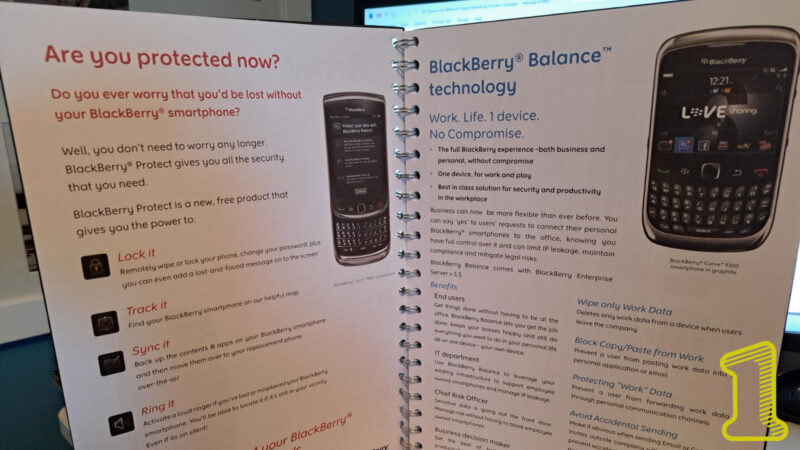31 October 2023
In our September blog our MD Shared Insights on 25 Years of Telecom Evolution. This month we take a closer look at mobile technology.
The last quarter-century has witnessed an incredible transformation in the world of mobile telecommunication. From clunky cell phones to sleek smartphones, from slow and cumbersome internet connections to lightning-fast 5G, the journey has been nothing short of remarkable. These developments have not only made businesses more mobile but have also enriched our lives in countless ways. In this blog post, we’ll take a nostalgic trip down memory lane and explore the most important developments, devices, and services that have shaped the mobile landscape, with a dash of fun and nostalgia.
The Rise of Mobile Internet (late 1990s)
Twenty-five years ago, the concept of accessing the internet on a mobile device was still in its infancy. Mobile phones were primarily used for calls and texts. However, with the introduction of Wireless Application Protocol (WAP) and GPRS (General Packet Radio Service) in the late 1990s, accessing limited web content became possible on early mobile devices. These innovations laid the foundation for what would eventually become the smartphone era.
Nokia 3310: The Legend (2000)
The Nokia 3310, released in the year 2000, holds a special place in the hearts of many. With its monochrome display, unforgettable Snake game, and the immortal Nokia ringtone, it became an iconic device. While it didn’t have internet capabilities, it epitomised the mobile experience of its time and showcased how a mobile phone could be both functional and fun.
Blackberry: The Business Pioneer (early 2000s)
The early 2000s marked the era of Blackberry, a smartphone designed with business professionals in mind. It popularised features like push email and full QWERTY keyboards, making it a game-changer for professionals on the go. Blackberry devices were often dubbed as “Crackberries” due to their addictive nature.

Apple iPhone: A Paradigm Shift (2007)
In 2007, the world witnessed the birth of the iPhone, which revolutionised mobile telecommunication. With its sleek design, intuitive touch interface, and the App Store, the iPhone changed the way we communicate and access information. It turned mobile devices into powerful tools for both work and play.
Android Ecosystem: Diverse and Dynamic (2008)
The Android operating system, introduced by Google in 2008, brought diversity to the smartphone market. It allowed various manufacturers to create a wide range of devices, catering to different user preferences. The Android ecosystem further expanded the possibilities of mobile telecommunication.
4G LTE: Speeding Up the World (2010s)
The launch of 4G LTE (Long-Term Evolution) networks in the 2010s marked a significant leap in mobile internet speed. This technology made high-definition video streaming, online gaming, and real-time communication on mobile devices a reality. Businesses benefited greatly from the enhanced connectivity and faster data transfer rates.
Mobile Apps: A World of Possibilities (2010s)
The proliferation of mobile apps has been one of the most transformative developments in mobile telecommunication. Apps like WhatsApp, Zoom, and Slack have revolutionised business communication and collaboration. These tiny software packages have made it possible for businesses to operate from virtually anywhere, fostering mobility and flexibility.
Mobile Payments: Digital Wallets (2010s)
The advent of digital wallets and mobile payment platforms like Apple Pay, Google Pay, and PayPal in the 2010s has made financial transactions seamless. Business transactions, including invoicing and payment processing, can now be done from a smartphone, reducing the need for physical cash or cards.
Mobile Gaming: Entertainment on the Go (2010s)
Mobile gaming has exploded in popularity in the 2010s. Games like “Fortnite” and “Among Us” have brought people together across the globe, blurring the lines between work and play. These games not only provide fun but also serve as platforms for team-building and social interaction for businesses.
Voice Assistants: Siri, Alexa, and Google Assistant (2010s)
Voice assistants have made life more convenient in the 2010s and businesses more efficient. Virtual assistants like Siri, Alexa, and Google Assistant can provide information, set reminders, and even control smart home devices. They have also found applications in business, aiding in hands-free operations, scheduling, and data retrieval.
Wearable Devices: Beyond Smartwatches (2010s)
The wearable tech revolution has made mobility even more personal in the 2010s. From fitness trackers to augmented reality glasses, these devices are changing the way we interact with the digital world. Smartwatches like the Apple Watch have become extensions of our mobile devices, allowing quick access to important information and communication on the go.

Foldable Phones: The Return of Flip Phones (2020s)
Foldable phones have resurrected the nostalgia of flip phones from the early 2000s while adding a modern twist. Devices like the Samsung Galaxy Z Fold series provide a larger screen when needed and the convenience of a smaller, pocket-friendly form factor. They bridge the gap between smartphones and tablets, catering to both business and entertainment needs.
5G: The Future is Here (2020s)
The introduction of 5G networks has ushered in a new era of mobile telecommunication in the 2020s. With lightning-fast download and upload speeds, minimal latency, and the potential to connect billions of devices, 5G is set to transform industries like never before. For businesses, 5G opens up new possibilities, from remote augmented reality (AR) collaborations to autonomous vehicles.
Over the past 25+ years, mobile telecommunication has come a long way, making businesses more mobile and enhancing our daily lives. From the humble Nokia 3310 to the powerhouses of the iPhone and Android, from 4G LTE to the transformative potential of 5G, mobile technology continues to evolve at a rapid pace.
The business world, in particular, has greatly benefited from these developments, as mobile devices, apps, and high-speed internet connections have made remote work and global communication the new norm. And while we celebrate the advancements and marvel at the progress, it’s important to remember the fun and nostalgia of mobile telecommunication, whether it’s reminiscing about the Nokia Snake game or the excitement of a new smartphone release.
The journey of mobile telecommunication is far from over, with emerging technologies like augmented reality, virtual reality, and IoT poised to reshape the landscape once again. As we look ahead, we can’t help but be excited about the possibilities that lie in the future of mobile communication. So, here’s to the next 25+ years of mobile magic and the incredible developments, devices, and services that are yet to come!
